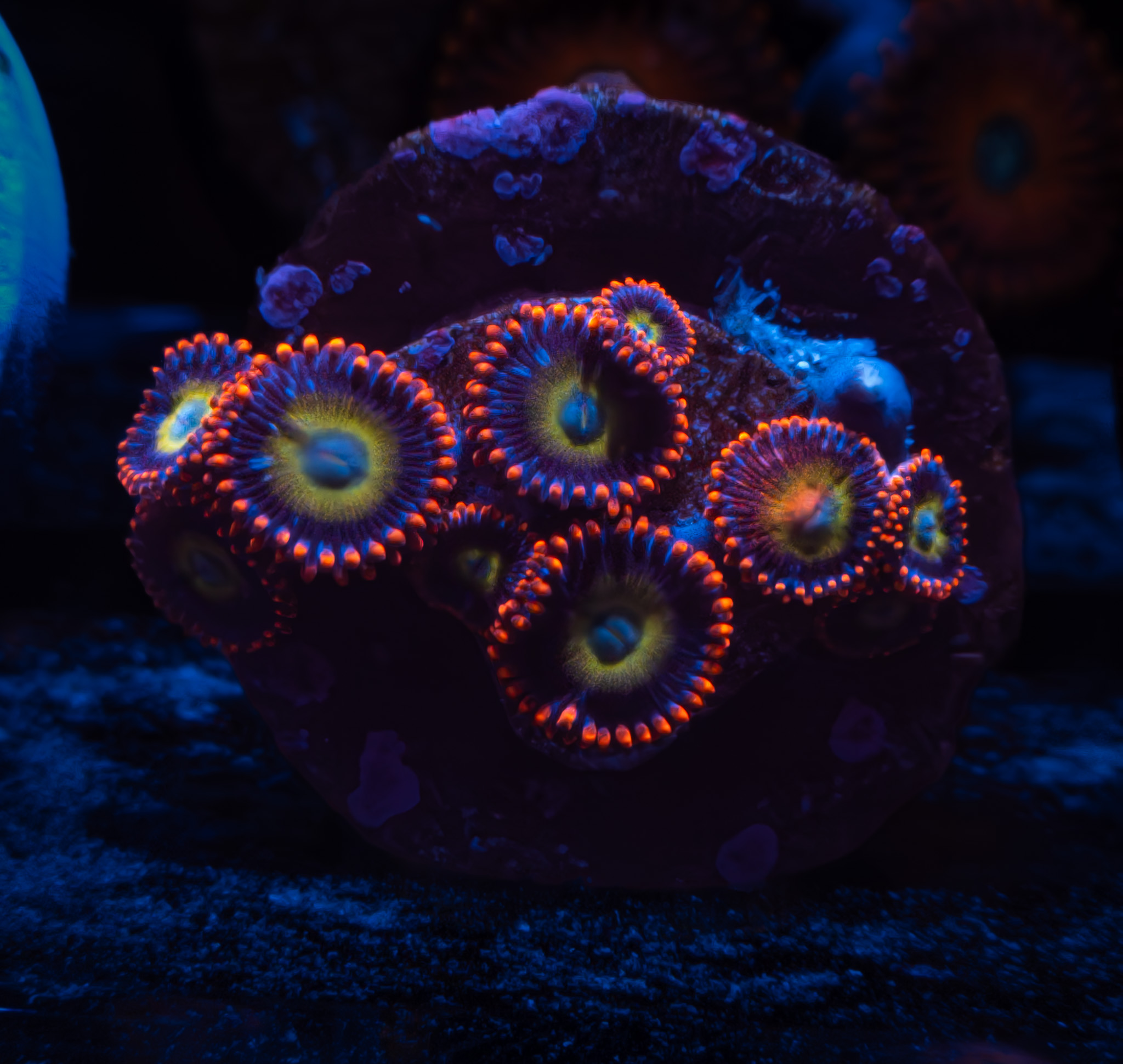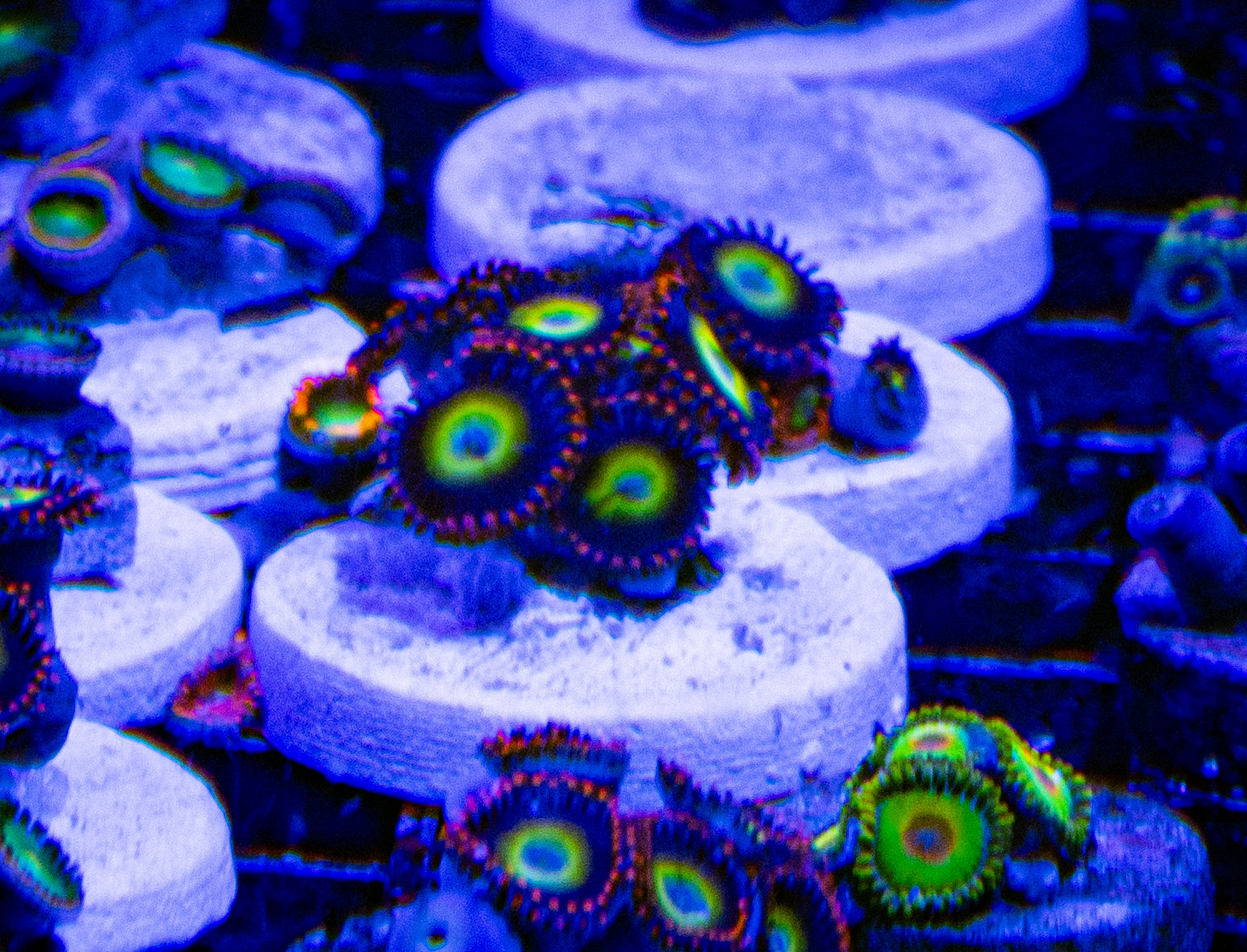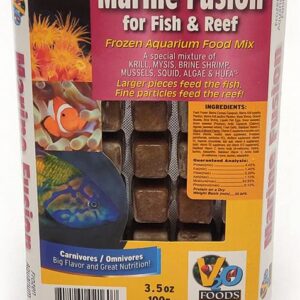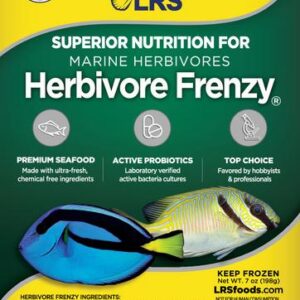Circus Zoanthids
8 in stock
Description
Zoanthids and Palythoas are colorful, hardy soft corals popular in reef aquariums. Though they look similar and require similar care, they belong to different genera: Zoanthus and Palythoa, respectively. Here’s a detailed description and care guide for both:
🔹 Description
Zoanthids (Zoanthus spp.)
-
Appearance: Small, button-like polyps in colonies; vivid colors and patterns (e.g., reds, blues, purples, greens).
-
Size: Polyps usually 0.5–1 cm in diameter.
-
Texture: Smooth or slightly textured; no visible coenenchyme (connecting tissue).
-
Growth: Spreads by encrusting over rock or substrate; forms mats or carpets.
-
Nickname: Often called “zoas” in the reefing hobby.
Palythoas (Palythoa spp.)
-
Appearance: Larger polyps, often with visible oral grooves; also brightly colored but sometimes duller than zoas.
-
Size: Polyps 1–2.5 cm+; larger than zoas.
-
Texture: Thicker, with visible mat or tissue connecting polyps.
-
Growth: Can grow rapidly and overtake rocks; more aggressive than zoas.
🔹 Care Requirements
| Aspect | Zoanthids | Palythoas |
|---|---|---|
| Lighting | Moderate to high | Moderate (can tolerate lower light) |
| Flow | Moderate (enough to keep debris off) | Moderate to strong |
| Placement | Mid to lower in tank (adjust as needed) | Lower to middle areas |
| Water Parameters | Stable reef conditions: • Temp: 76–80°F • Salinity: 1.024–1.026 • pH: 8.1–8.4 • Nitrates < 10 ppm • Phosphates < 0.03 ppm |
Same as zoanthids |
| Feeding | Optional, but benefits from target feeding with coral foods or fine meaty foods | Same; larger polyps may accept bigger food |
| Growth Rate | Moderate | Fast (can overtake tank if unchecked) |
| Aggression | Low | Moderate – may overgrow neighbors |
⚠️ Caution: Palytoxin
Both zoanthids and palythoas can contain palytoxin, a potent toxin dangerous to humans if inhaled, ingested, or absorbed through open wounds. Palythoas are generally considered to contain higher levels.
Safety Tips:
-
Always wear gloves and eye protection when handling.
-
Do not frag or scrub them outside of water or under hot lights.
-
Avoid boiling rocks that may have had palys/zoas on them (can aerosolize the toxin).
-
Wash hands thoroughly after handling.
🔹 Tips for Success
-
Dip all new frags (e.g., in CoralRX or iodine) to prevent pests like nudibranchs or zoa-eating spiders.
-
Avoid sudden lighting changes – acclimate new additions slowly.
-
Monitor for pests or signs of stress (e.g., closed polyps, melting).
-
Provide stable parameters and low nutrient levels for best coloration.
Only logged in customers who have purchased this product may leave a review.









Reviews
There are no reviews yet.